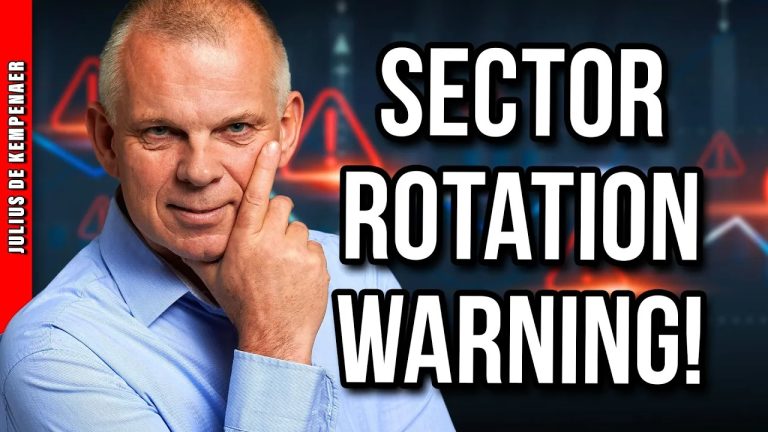In this exclusive StockCharts video, Julius analyzes sector rotation in US markets, assessing recent damage and potential downside risks. He examines the Equal Weight RSP vs. Cap-Weighted SPX ratio and the stocks vs. bonds relationship to identify key market trends. Don’t miss this deep dive into market rotation and what it means for the next move!
This video was originally published on March 7, 2025. Click on the icon above to view on our dedicated page for Julius.
Past videos from Julius can be found here.
#StayAlert, -Julius

